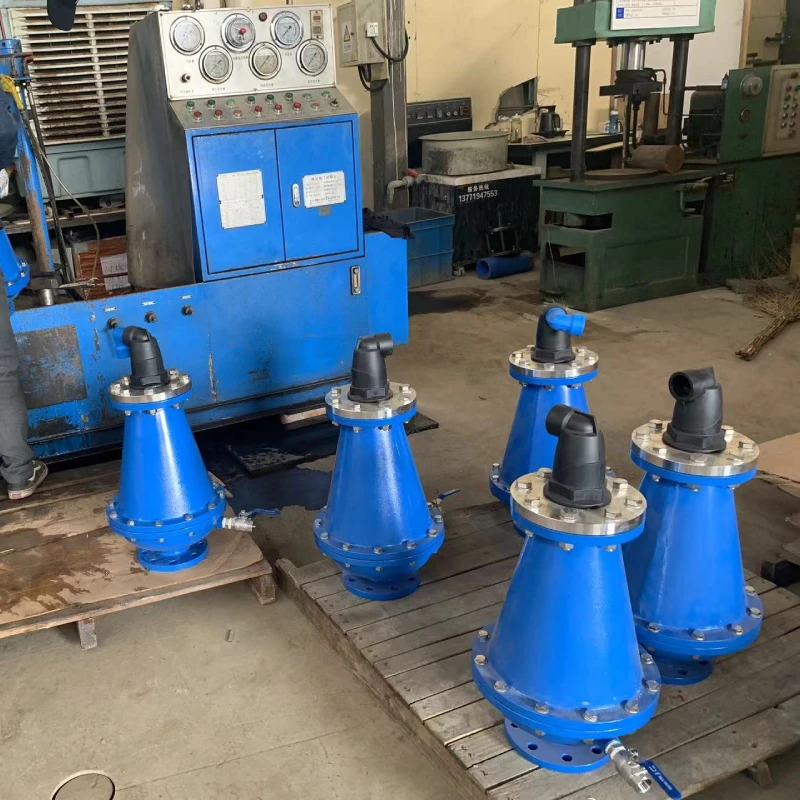manual butterfly valve with limit switch
Manual Butterfly Valve with Limit Switch An Overview
A manual butterfly valve with a limit switch is a crucial component in numerous industrial applications, offering reliable control of fluid flow in piping systems. This article explores the functionality, advantages, installation, and maintenance of manual butterfly valves equipped with limit switches.
Understanding Butterfly Valves
Butterfly valves are rotary valves featuring a circular disc or plate that rotates around a central axis to control fluid flow. When the valve is fully open, the disc is parallel to the flow, providing minimal resistance. Conversely, when the valve is closed, the disc is perpendicular to the flow, restricting flow and creating a seal. Manual butterfly valves operate through a handwheel or lever, allowing operators to adjust the flow rate based on operational requirements.
The Role of Limit Switches
Limit switches are electrical devices that detect the physical presence or absence of an object, often used to monitor the position of machinery components. In the context of a butterfly valve, limit switches provide critical feedback on the valve's open or closed status. This feature is essential for process control systems, where operators need real-time data to make informed decisions.
When the butterfly valve reaches its fully open or closed position, the limit switch triggers, sending a signal to control systems or operators. This feedback loop helps prevent over-travel, mitigating the risk of damage to the valve or associated pipeline equipment.
Advantages of Using Manual Butterfly Valves with Limit Switches
1. Enhanced Control The combination of manual operation with limit switches allows for precise control over fluid flow. Operators can easily adjust the valve and receive immediate feedback regarding its status.
2. Safety Features Limit switches add a layer of safety by preventing accidental over-torquing or misalignment of the valve. This safeguards the entire system from potential leaks or failures.
3. Versatility Manual butterfly valves with limit switches are suitable for various applications, including water treatment, chemical processing, HVAC systems, and more. Their adaptability to different media types expands their utility across multiple industries.
4. Easy Integration These valves can be integrated into existing systems without extensive modifications. The limit switch connections can interface with various control panels, allowing for seamless integration.
5. Cost-Effective Solution Manual butterfly valves are generally more affordable than electric or pneumatic alternatives. The addition of limit switches still maintains a cost-effective solution while enhancing functionality.
manual butterfly valve with limit switch

Installation Considerations
Proper installation is critical to ensuring the effectiveness of a manual butterfly valve with a limit switch. Key points to consider during installation include
- Orientation Ensure the valve is installed in the correct orientation, as specified by the manufacturer. This is vital for optimal performance and maintenance.
- Mounting The mounting surface should be leveled and aligned with the pipeline to prevent undue stress on the valve, which could lead to leaks over time.
- Limit Switch Adjustment Before finalizing the installation, adjust the limit switch according to the valve’s opening and closing positions. This ensures accurate readings and minimizes the chances of miscommunication in the control system.
- Testing After installation, conduct thorough testing to verify proper operation. This should include checking the valve’s response to manual operation and ensuring the limit switches trigger correctly.
Maintenance Tips
Maintaining a manual butterfly valve equipped with limit switches is crucial to its longevity and functionality. Here are some maintenance suggestions
1. Regular Inspections Regularly inspect the valve and its components for wear and tear. Look for any signs of leakage, corrosion, or mechanical damage.
2. Lubrication Lubricate moving parts as recommended by the manufacturer to minimize friction and wear.
3. Limit Switch Testing Periodically test the limit switches to ensure they are functioning correctly. Calibration may be necessary if performance degrades over time.
4. Cleaning Keep the valve and surrounding area clean to avoid contamination, which can impair functionality.
In conclusion, manual butterfly valves with limit switches are integral to efficient fluid control in various industrial applications. Their reliability, safety features, and ease of use make them an optimal choice for many industries. By understanding their operation and maintenance, operators can ensure these valves perform effectively throughout their service life.
-
The Essential Component for Safe Urban InfrastructureNewsMay.14,2025
-
The Backbone of Urban InfrastructureNewsMay.14,2025
-
Practical and Stylish Solutions for Your Drainage NeedsNewsMay.14,2025
-
Lamphole Frame and Cover: Essential for Urban InfrastructureNewsMay.14,2025
-
A Seamless and Aesthetic SolutionNewsMay.14,2025
-
A Must-Have for Safety and DurabilityNewsMay.14,2025
-
Pipe Repair Clamps: Your Ultimate Solution for Efficient RepairsNewsMay.09,2025
